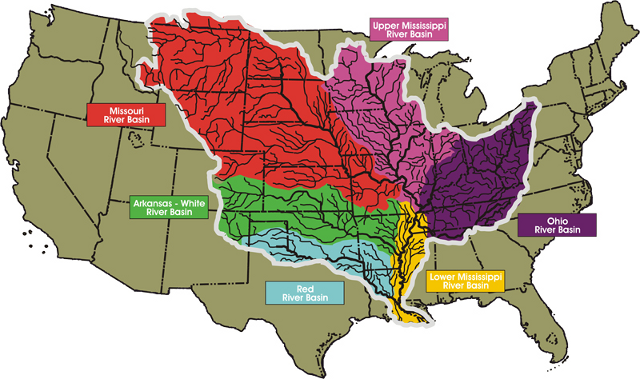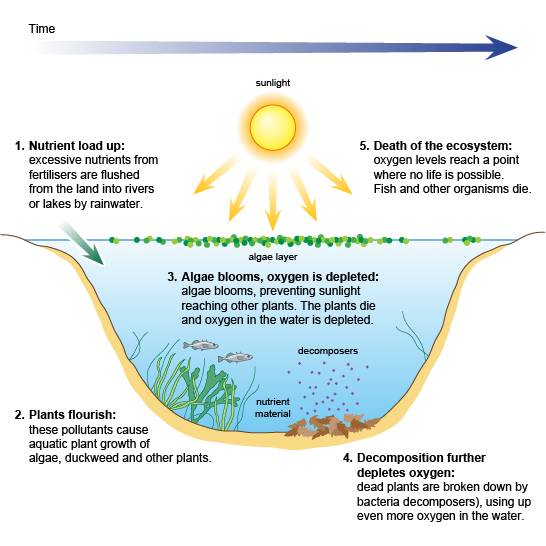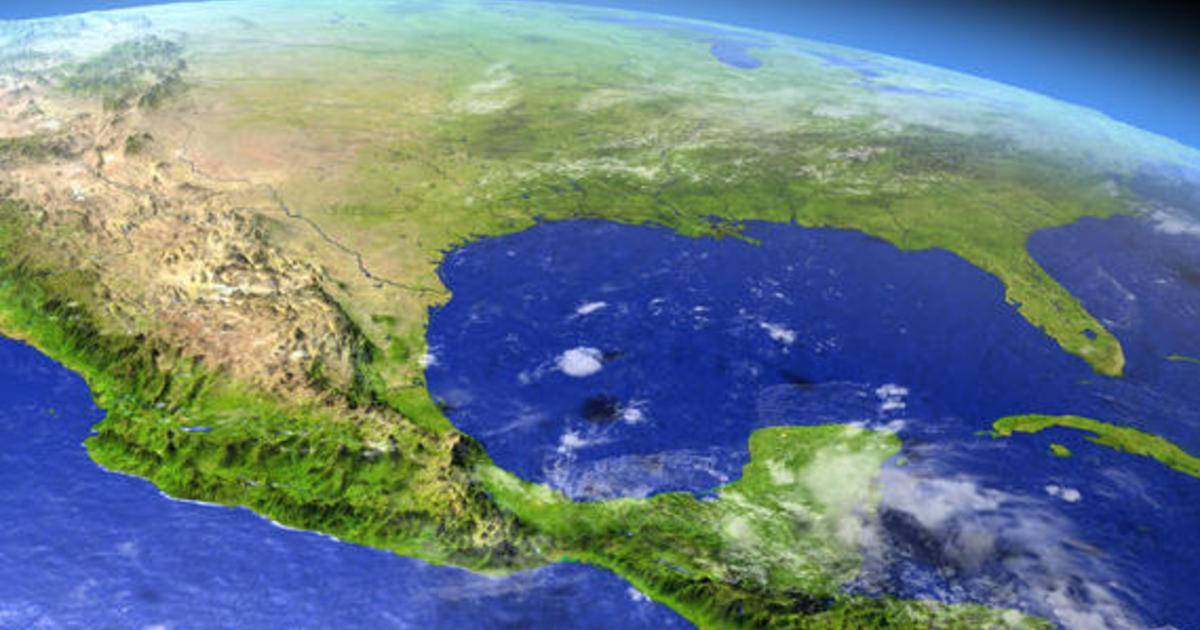If you are wondering how Champaign-Urbana is responsible for pollution in the Gulf of Mexico, you’d be justified. The fact is, we are not. Everything around us is.
We are the Political Action Committee of the Students for Environmental Concerns
(SECS), your resident campus tree-huggers. Our group is the biggest and oldest
environmental group at U of I, consisting of students from a diverse range of majors,
nationalities, and political perspectives.
Generally, our focus is on local issues, such as the “Fifth and Hill” campaign or the “Skip the Bag” campaign. But the Gulf of Mexico is not local. So how is it relevant to us?
As you know, five miles in any direction from any location in Champaign-Urbana is
corn. And ten miles further from that lies still more corn. Ask any foreign student,
Chicagoan, or out-of-stater (aside from our neighboring Hoosiers) what the most
shocking thing is about Illinois, and they’ll mention the corn.
We farm a lot.
The 2011 census showed that there are approximately 826 square miles of cropland in Champaign County. The county itself is only 1,000 square miles. As large as our county is, it still doesn’t reach the Gulf. However, we do host many rivers
that find their way into the Mississippi, which will dutifully transport anything we dump in them to the Gulf. This is how eutrophication occurs.

Tributaries to euthrophication in the Gulf of Mexico, credit Sea Turtle Camp
To understand eutrophication, you have to first understand its main cause: crop
fertilizer. When farmers apply fertilizers to their fields, they are essentially dropping plant food on the soil. This plant food contains nitrogen and phosphorus – two nutrients that are key to the growth of any organic being. The crops don’t always use 100% of the fertilizer; in fact, they very rarely do. Some of the fertilizer is washed away in the rain before it can be absorbed, some falls too far from any plants for them to use it, and some is simply surplus. Because fertilizer is relatively cheap, most farmers prefer to over-fertilize rather than risk under-fertilizing, so even if crops absorb fertilizer at the maximal rate they will still leave some excess. This excess is the lead cause of eutrophication.
Eventually, the nitrogen and phosphorous in the fertilizer find their way into streams
and rivers. These streams and rivers then drift into bigger rivers and eventually oceans. Historically, the Gulf of Mexico isn’t known for its high amounts of arable land (seeing as it is an ocean), so the fertilizer won’t be used by corn and soybeans but by algae. The algae is ecstatic at the now plethoric nitrogen and phosphorous in the water, and its population swells. The resultant “algal bloom” is far larger than natural forces would generally permit it to be.

Eutrophication, credit BBC.
Of course, nothing unnatural in nature ever occurs without consequences. The massive algal bloom eventually begins to die off, a process that unfortunately
requires large quantities of oxygen which it pulls from the water. Fish also need oxygen. If they can’t get oxygen, they die, which is why areas that are heavily subjected to fertilizer pollution are denoted as “dead zones.” This is exactly what has happened in the Gulf of Mexico.
The Gulf’s dead zone is now approaching 9,000 square miles according to the National Oceanic and Atmospheric Administration (NOAA), making it nine times the size of Champaign County.
So why should we care? Why should we fix this?
While eutrophication obviously kills wildlife and dismantles entire food chains, it is also a public health hazard. High concentrations of nitrogen in local groundwater can prevent human infants from properly oxygenating their blood, leading to
methemoglobinemia, also known as “blue baby syndrome.” This syndrome is caused by elevated ingestion of nitrates, and results in shortness of breath, cyanosis, headaches, dizziness, and when severe, can result in seizures and death. Additionally, some algal blooms produce toxins that make humans sick if they come in contact with the water or ingest something that has had contact.
Because eutrophication destroys wildlife, it can also ruin wildlife-based economic
sectors such as angling, sight-seeing, and recreation. Furthermore, algae often produce malodorous gases, thereby reducing proximal property value. More visually discernable damages include the unappealing green layer that algae lays
on top of water that can ruin a previously picturesque landscape. This layer also blocks sunlight from reaching the lake or ocean floor, leading to the death of sea-floor plants.
Eutrophication is a destructive force that we in Champaign County are positioned to
alleviate. While we don’t suffer the negative consequences, we do provide the cause and profit off of it. We don’t deserve the luxury of polluting rivers and not shouldering the responsibility of cleanup. That’s not being a good neighbor. We must step forward and implement solutions.
One market solution to reducing fertilizer run-off leverages technology. Software models exist that account for data such as recent weather, future weather, and recent fertilization records that can advise on when and how much to fertilize so that farmers can reduce excess fertilizer usage. This both reduces eutrophication and saves the farmer money. Farmers can also take preventative measures by planting cover crops, which prevent nitrogen from leaving the field during the off season.
Political fixes exist as well. Earlier this year, Winnetka, a city in Northeast Illinois,
implemented an ordinance requiring fertilizer-applicators to test soil first to ensure they needed fertilizer before applying it. This reduces the likelihood of excess fertilizer use.
Each of these options and others should be considered locally. We cannot escape the fact that we played a part in ravaging what was previously a vibrant Gulf ecosystem. It’s not fair. It’s not right. And it’s reparable. We should take responsibility for our actions and be leaders in the fight against eutrophication. The Earth — and fish — will thank us for it.
Contributing writers to this article are Raagini Gupta, Max Shapiro, and Ben Chapman.








